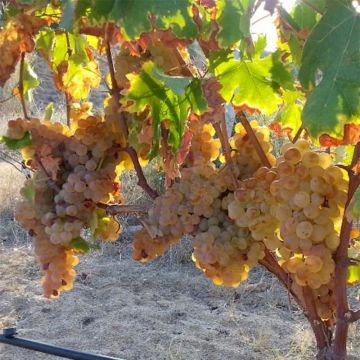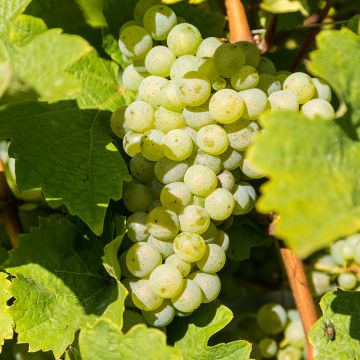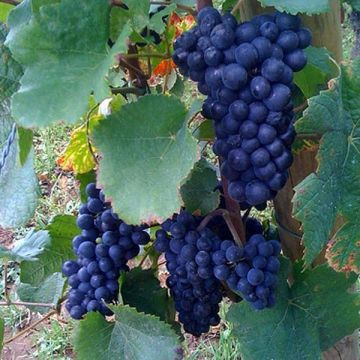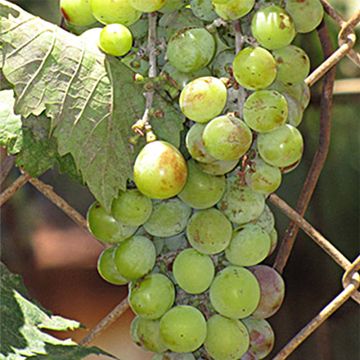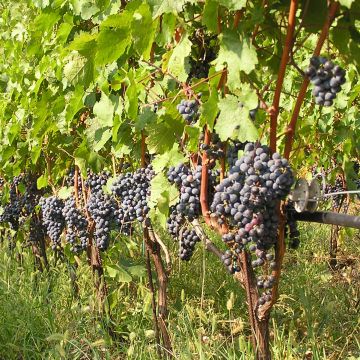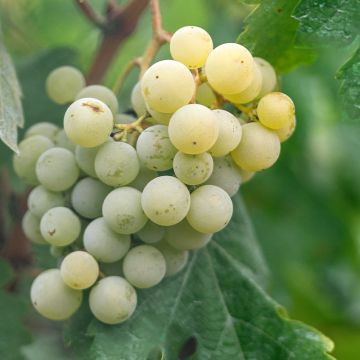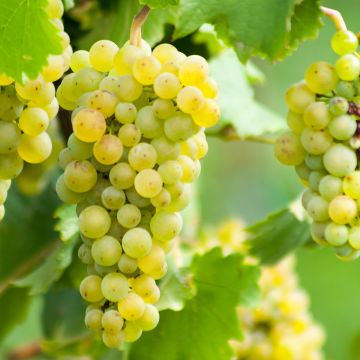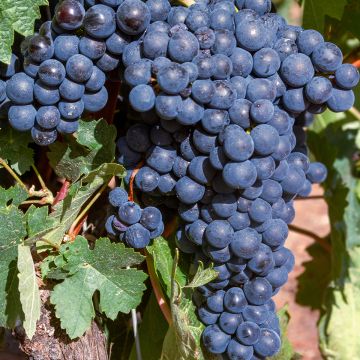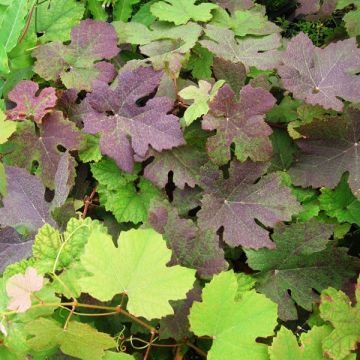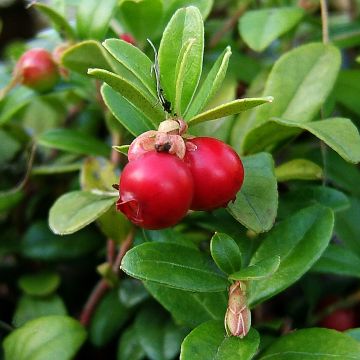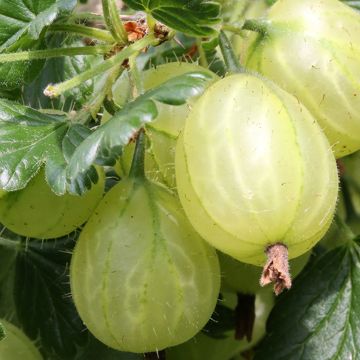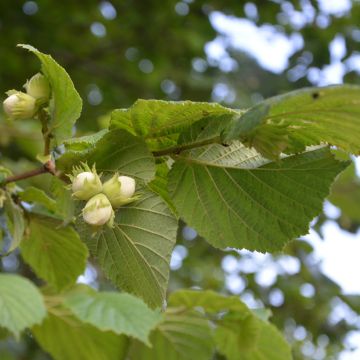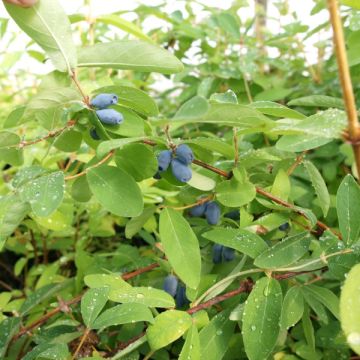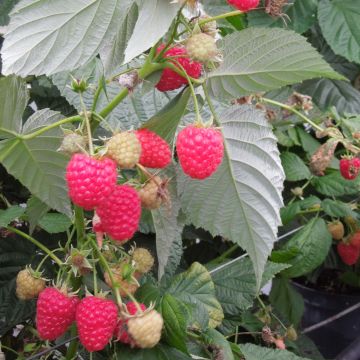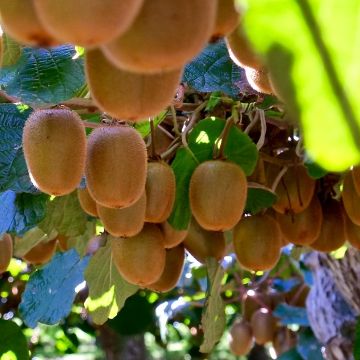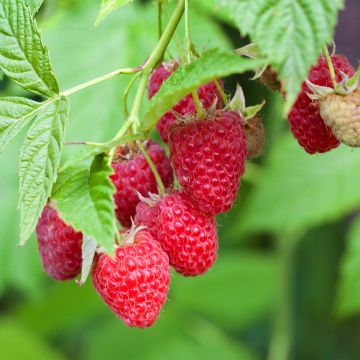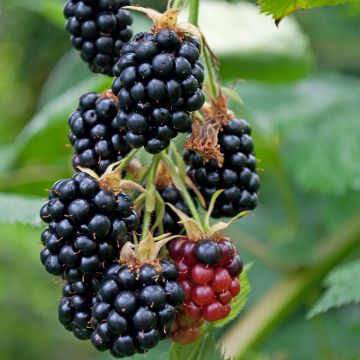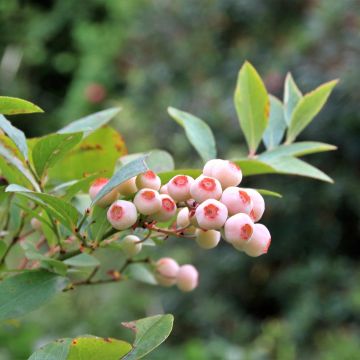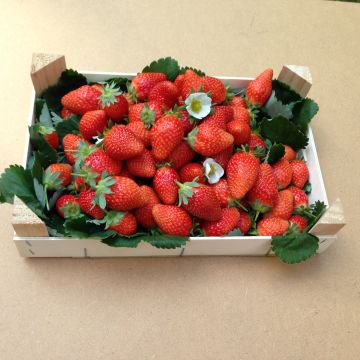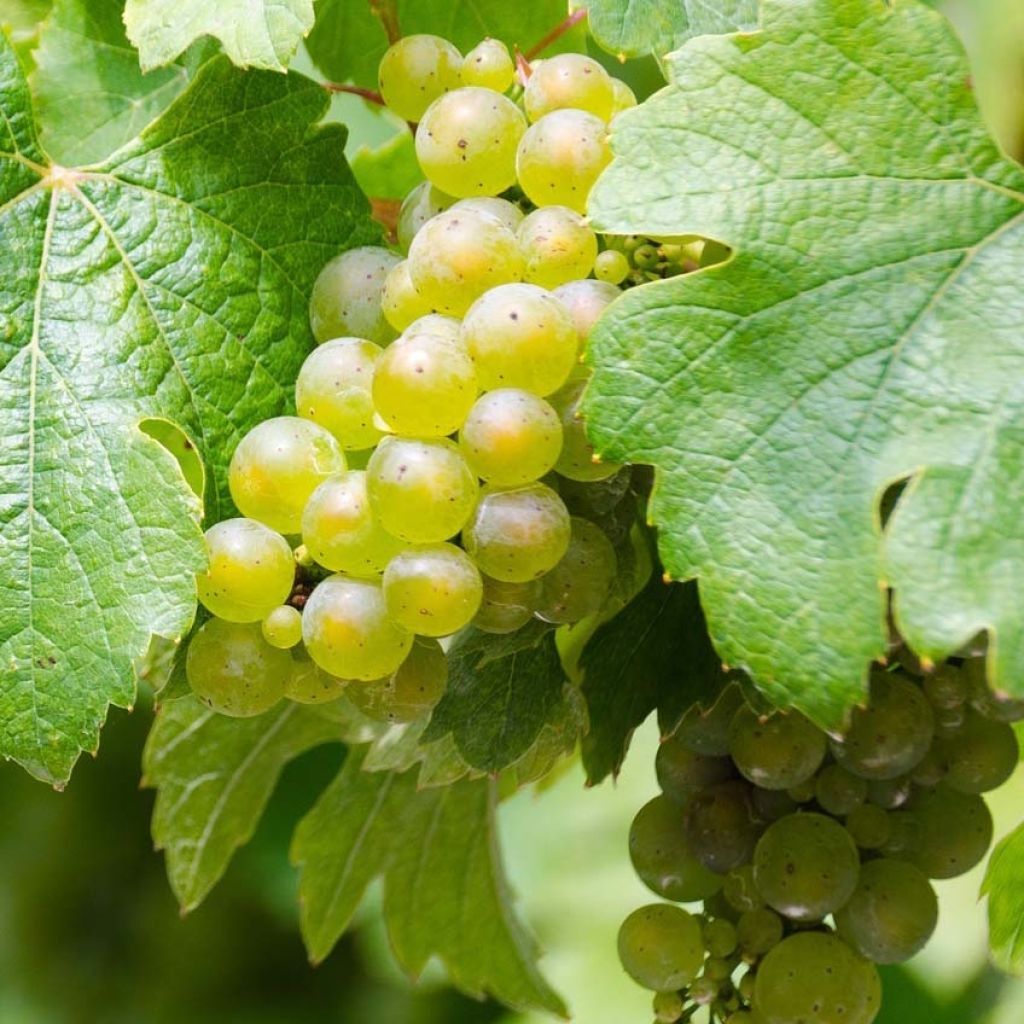

Vigne Riesling - Vitis vinifera
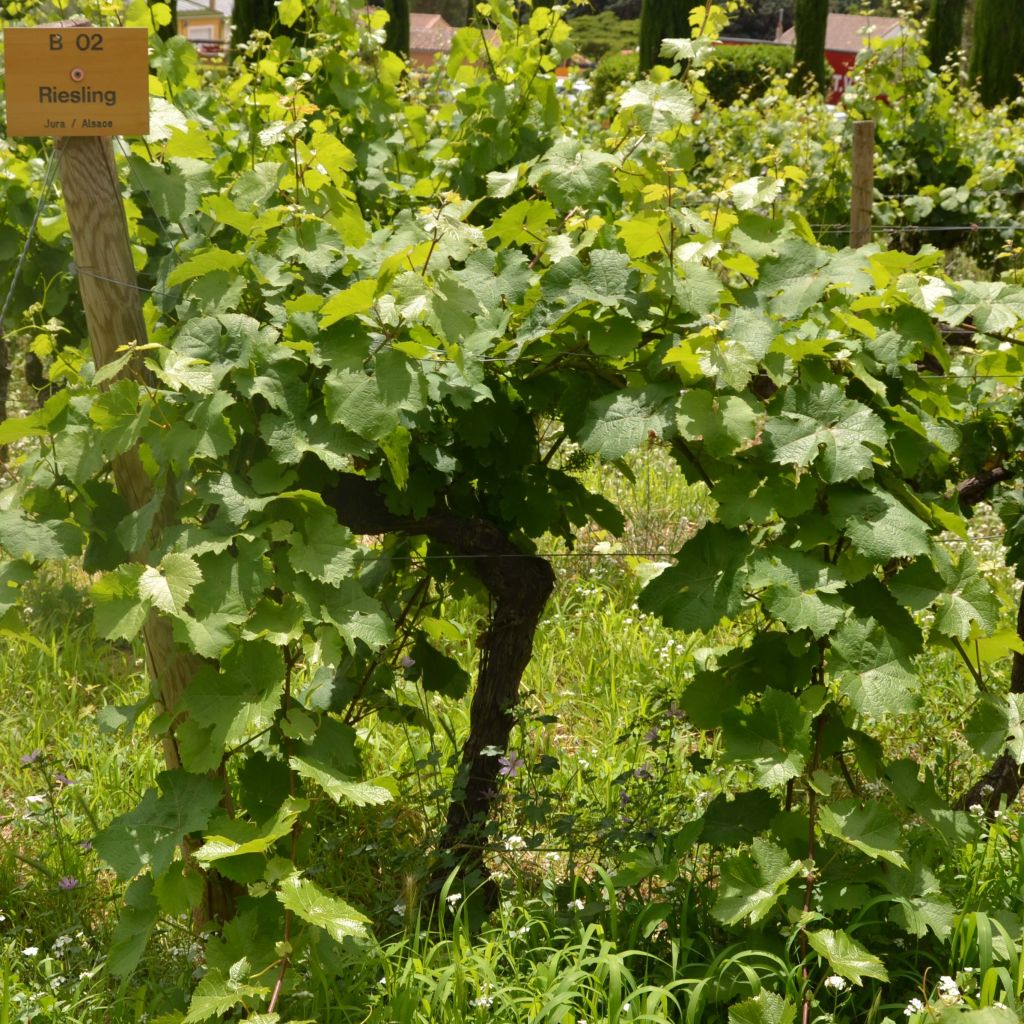

Vigne Riesling - Vitis vinifera
Vitis vinifera Riesling - Grape Vine
Vitis vinifera Riesling
Common Grape Vine, European Grape, Wine Grape
This item cannot be shipped to the selected country
Delivery charge from €5.90
Delivery to Corse prohibited
More information
Schedule delivery date,
and select date in basket
This plant carries a 6 months recovery warranty
More information
We guarantee the quality of our plants for a full growing cycle, and will replace at our expense any plant that fails to recover under normal climatic and planting conditions.
From €5.90 for pickup delivery and €6.90 for home delivery
Express home delivery from €8.90.
Delivery to Corse prohibited: UE law prohibits the import of this plant from mainland France to Corse as part of the fight against Xylella fastidiosa. Please accept our sincere apologies.
More information
Description
The 'Riesling' vine is a noble grape variety originating from the Rhine, famous for its fruity-floral aroma and acidity that give dry white wines or sparkling wines their refreshing characteristics. Its clusters of golden grapes are harvested late, in late October, depending on the climate and the year. This vine is quite vigorous, productive, very resistant to cold, but it does need a long, hot summer for fruit ripening. Well adapted to continental climates, it is quite sensitive to fungal diseases. This is a wine grape, not a table grape.
The wine grape (Vitis vinifera) grew wild over 5000 years ago. Its introduction to France for cultivation was done by the Romans. Many hybrids were created to vary colours, flavours, and uses. The Riesling vine is a very ancient variety cultivated for centuries in Germany and eastern France, particularly in Alsace and Moselle. These regions have produced exceptional wines. Indeed, Riesling is a terroir wine, whose personality is intimately linked to the climate, exposure, and nature of the soil. One of Riesling's parents is believed to be 'Gouais Blanc', while the other is believed to be a vine resulting from the cross-breeding between a wild vine and 'Traminer'. This vine requires long pruning and must be trellised. It is susceptible to powdery mildew, anthracnose, grape worms, and especially grey rot.
A sarmentous climbing shrub of medium vigour, the 'Riesling' vine can easily reach 4-5m (13-16ft) in height or spread if not pruned. Its final shape will depend on the pruning performed. The Riesling vine is a frugal sun-loving plant, not very demanding, which even prefers a soil that is both clayey and rocky, with a tendency towards limestone, but can be sensitive to prolonged drought. Its long stems attach themselves to their support (trellis, espalier) through large green and voluble tendrils. Its foliage, with a serrated edge, is a deep green in summer and turns a beautiful gold in autumn. Its flowering occurs in May-June depending on the year and region, offering very small greenish flowers gathered in short and compact pyramidal and cylindrical clusters. Its small round grapes, slightly flattened, have a fairly thin and firm skin that is white-green to golden yellow, sprinkled with brown-red spots at full ripeness, in late October. Their pulp is not very juicy or firm, slightly sweet, with a distinctive and quite pronounced flavour, pleasant but slightly bitter and tart. 'Riesling' is well suited for sweet wines such as Late Harvest and Selection of Noble Grains. It produces a high-quality dry white wine, elegant, very aromatic, with a characteristic bouquet, which ages well and can be stored for a long time.
Riesling grapes are primarily consumed after vinification. They can also be used for ornamentation in a pergola or trained against a sunny wall.
Report an error about the product description
Vitis vinifera Riesling - Grape Vine in pictures
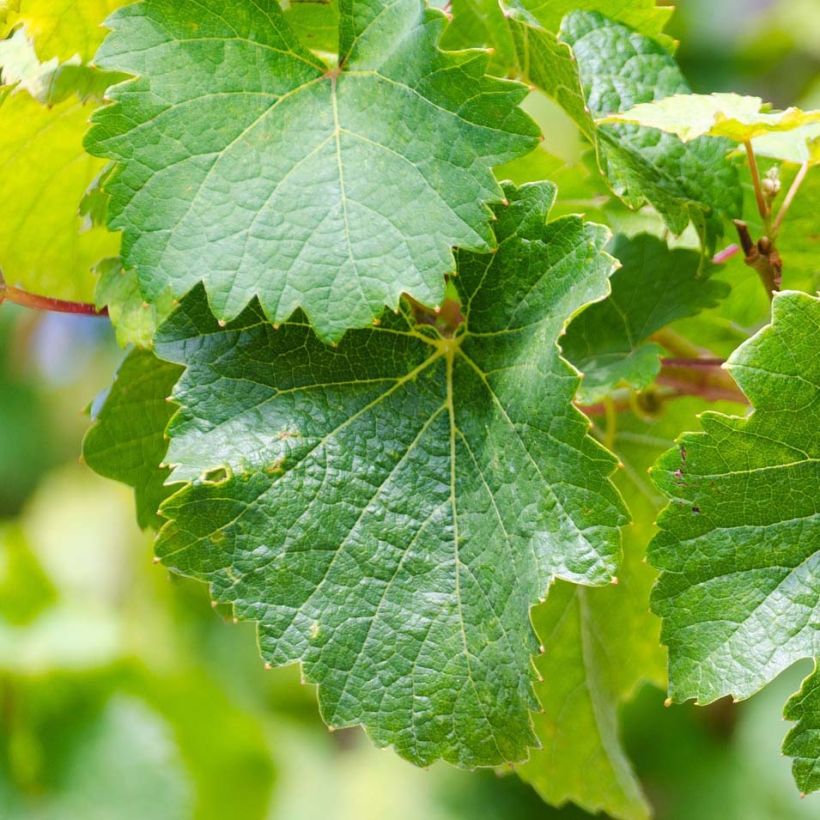

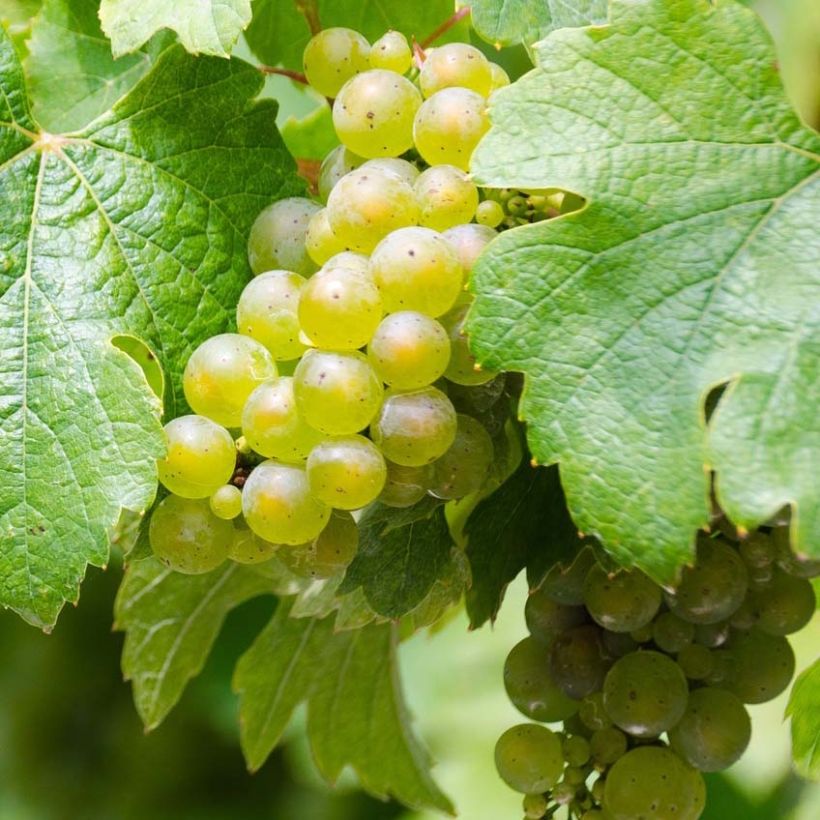

Plant habit
Fruit
Flowering
Foliage
Botanical data
Vitis
vinifera
Riesling
Vitaceae
Common Grape Vine, European Grape, Wine Grape
Cultivar or hybrid
Other Grapevines
Planting and care
Since the ravages of phylloxera in the late 19th century, the vine is obligatorily grafted onto different resistant rootstocks to this disease and adapted to different types of soil. These rootstocks come from American varieties, naturally resistant against this formidable parasite itself of American origin. Plant the 'Riesling' vine in autumn, in a deep, well-drained soil, even stony, clayey and limestone, in a well-sunlit exposure, sheltered from strong winds. Incorporate into the planting soil 3 or 4 handfuls of fertiliser for fruit trees and 2 kg of composted manure for each plant. The roots should not be in contact with the manure. After planting, prune above 2 large buds (buds) to obtain the growth of two branches. Keep the most vigorous one, and tie it to a stake. This will be followed by training pruning. The 'Riesling' vine is sensitive to excessively dry climates, it is comfortable in a continental and contrasted climate (like eastern France). Susceptible to cryptogamic diseases, it will require regular treatments, especially in our rainy regions.
The vine does not require regular fertiliser input for good yields, quite the opposite. Enrich the soil with potash slag, crushed horn or iron chelate, only every 2-3 years.
Planting period
Intended location
Care
This item has not been reviewed yet - be the first to leave a review about it.
Berries
Haven't found what you were looking for?
Hardiness is the lowest winter temperature a plant can endure without suffering serious damage or even dying. However, hardiness is affected by location (a sheltered area, such as a patio), protection (winter cover) and soil type (hardiness is improved by well-drained soil).

Photo Sharing Terms & Conditions
In order to encourage gardeners to interact and share their experiences, Promesse de fleurs offers various media enabling content to be uploaded onto its Site - in particular via the ‘Photo sharing’ module.
The User agrees to refrain from:
- Posting any content that is illegal, prejudicial, insulting, racist, inciteful to hatred, revisionist, contrary to public decency, that infringes on privacy or on the privacy rights of third parties, in particular the publicity rights of persons and goods, intellectual property rights, or the right to privacy.
- Submitting content on behalf of a third party;
- Impersonate the identity of a third party and/or publish any personal information about a third party;
In general, the User undertakes to refrain from any unethical behaviour.
All Content (in particular text, comments, files, images, photos, videos, creative works, etc.), which may be subject to property or intellectual property rights, image or other private rights, shall remain the property of the User, subject to the limited rights granted by the terms of the licence granted by Promesse de fleurs as stated below. Users are at liberty to publish or not to publish such Content on the Site, notably via the ‘Photo Sharing’ facility, and accept that this Content shall be made public and freely accessible, notably on the Internet.
Users further acknowledge, undertake to have ,and guarantee that they hold all necessary rights and permissions to publish such material on the Site, in particular with regard to the legislation in force pertaining to any privacy, property, intellectual property, image, or contractual rights, or rights of any other nature. By publishing such Content on the Site, Users acknowledge accepting full liability as publishers of the Content within the meaning of the law, and grant Promesse de fleurs, free of charge, an inclusive, worldwide licence for the said Content for the entire duration of its publication, including all reproduction, representation, up/downloading, displaying, performing, transmission, and storage rights.
Users also grant permission for their name to be linked to the Content and accept that this link may not always be made available.
By engaging in posting material, Users consent to their Content becoming automatically accessible on the Internet, in particular on other sites and/or blogs and/or web pages of the Promesse de fleurs site, including in particular social pages and the Promesse de fleurs catalogue.
Users may secure the removal of entrusted content free of charge by issuing a simple request via our contact form.
The flowering period indicated on our website applies to countries and regions located in USDA zone 8 (France, the United Kingdom, Ireland, the Netherlands, etc.)
It will vary according to where you live:
- In zones 9 to 10 (Italy, Spain, Greece, etc.), flowering will occur about 2 to 4 weeks earlier.
- In zones 6 to 7 (Germany, Poland, Slovenia, and lower mountainous regions), flowering will be delayed by 2 to 3 weeks.
- In zone 5 (Central Europe, Scandinavia), blooming will be delayed by 3 to 5 weeks.
In temperate climates, pruning of spring-flowering shrubs (forsythia, spireas, etc.) should be done just after flowering.
Pruning of summer-flowering shrubs (Indian Lilac, Perovskia, etc.) can be done in winter or spring.
In cold regions as well as with frost-sensitive plants, avoid pruning too early when severe frosts may still occur.
The planting period indicated on our website applies to countries and regions located in USDA zone 8 (France, United Kingdom, Ireland, Netherlands).
It will vary according to where you live:
- In Mediterranean zones (Marseille, Madrid, Milan, etc.), autumn and winter are the best planting periods.
- In continental zones (Strasbourg, Munich, Vienna, etc.), delay planting by 2 to 3 weeks in spring and bring it forward by 2 to 4 weeks in autumn.
- In mountainous regions (the Alps, Pyrenees, Carpathians, etc.), it is best to plant in late spring (May-June) or late summer (August-September).
The harvesting period indicated on our website applies to countries and regions in USDA zone 8 (France, England, Ireland, the Netherlands).
In colder areas (Scandinavia, Poland, Austria...) fruit and vegetable harvests are likely to be delayed by 3-4 weeks.
In warmer areas (Italy, Spain, Greece, etc.), harvesting will probably take place earlier, depending on weather conditions.
The sowing periods indicated on our website apply to countries and regions within USDA Zone 8 (France, UK, Ireland, Netherlands).
In colder areas (Scandinavia, Poland, Austria...), delay any outdoor sowing by 3-4 weeks, or sow under glass.
In warmer climes (Italy, Spain, Greece, etc.), bring outdoor sowing forward by a few weeks.

































